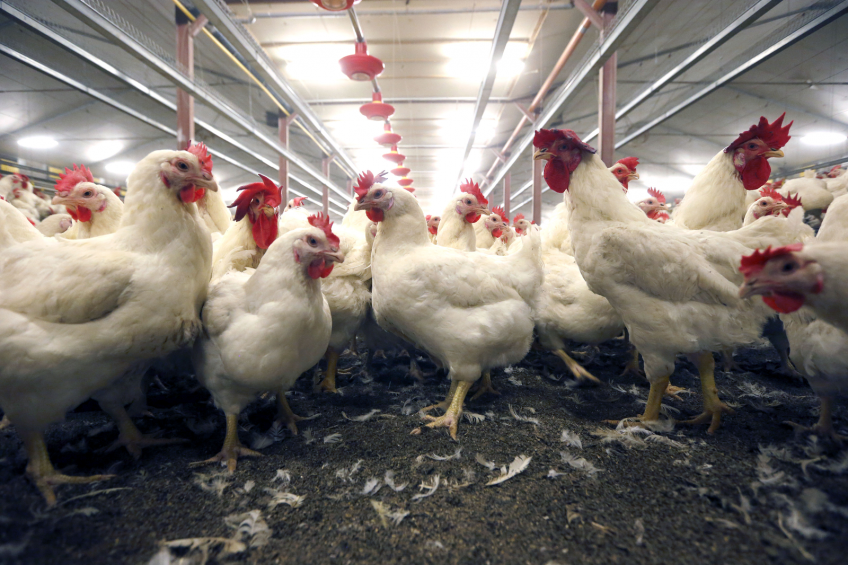Success prompts scale-back in Canadian poultry industry

Following an exceptional year of nearly 3.5% growth in 2015, the Canadian poultry sector is expected to scale back in 2016 and return to its longer term trend production. This is the conclusion of a recent USDA Gain report.
For 2016 is forecast a 2% increase in broiler meat production, up to 1,130,000 metric tons (MT), given that the current market conditions – anticipated short supplies of beef coupled with elevated prices – will continue to prevail and to represent a growth opportunity for broiler meat as an alternative source of proteins.
Costs recovered in processing
In general, with supply management, poultry farmers recover their cost of production from processing plants. In this way, farmers are largely sheltered from the impact of fluctuating feed costs. Typically, the same cannot be said about poultry processors, since their ability to pass on high input costs to downstream customers is more limited. However, given the current context, it is expected that processors will continue to enjoy above average profit margins into the coming year.
For 2015, post revised broiler production upwards to 1,110,000 MT reflecting an estimated 3.5% growth over the previous year, as the industry steadily increased production to meet a robust demand (Figure 1).
Facing reduced supplies of beef and higher prices, consumers seemed to have turned primarily to chicken as an alternative protein, especially during the barbecue season. It must be said that growth rates like the estimated one for 2015 have not been observed since the mid-2000s, when the chicken sector in Canada seemed to have reached its high growth potential.
Rapid poultry sector growth in 1990s
Canadian broiler production experienced a period of rapid growth during the 1990s, with an average annual growth rate of 5.8% for the entire decade. This growth reflected a strong domestic market demand both from the retail and foodservice sectors and a change in consumer preferences away from red meat and towards a perceived healthier chicken diet.
During the decade beginning in 2000, broiler production expansion slowed down, achieving a much more modest average annual growth rate of 1.6%. This slowdown in expansion reflected a matured market that seems to have maximized its potential.
Strong consumer demand for chicken
For the time being, future growth will be mainly supported by the annual increase in Canadian population, and by the ethnic composition of Canada’s immigration, where many newcomers of Asian or African origin have a stronger preference for chicken meat versus red meat.
Currently, tight supplies of red meats coupled with high prices encourage broiler meat consumption and demand, as chicken is competitively priced and featured in grocery stores.












